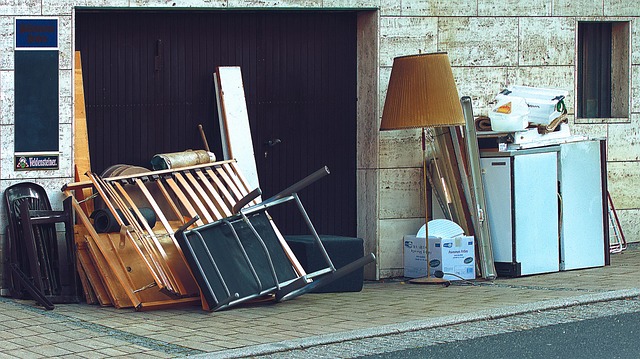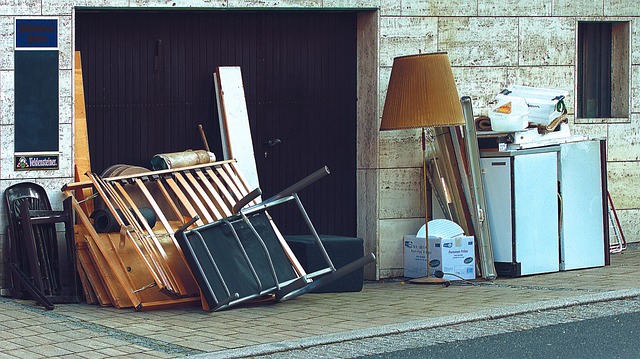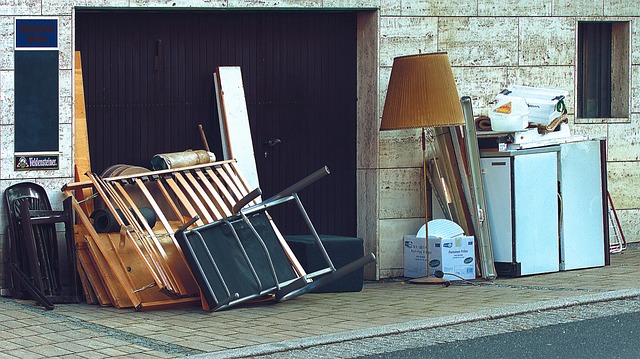Many people struggle with keeping their homes organized due to clutter caused by disorganization or emotional attachment. Recognizing patterns in item accumulation and setting realistic goals are key steps towards transformation. Practical strategies include implementing a "one-in, one-out" policy, using storage solutions, scheduling regular decluttering sessions, and embracing minimalism. Maintaining order through consistent practices, versatile furniture, and periodic reassessments ensures long-term success in home organization, aiming for a peaceful and efficient environment.
Taming chaos and achieving organized living spaces is a journey that brings peace of mind and enhances lifestyle. This article serves as your comprehensive guide, offering insights into understanding and addressing clutter—the silent disruptor of tranquility. We’ll explore the root causes of chaotic spaces, provide actionable strategies for decluttering, and share long-term tips to maintain order. Embrace a structured approach to home organization and reclaim control over your living environment.
- Understanding the Chaos: Identifying Clutter and Its Causes
- Setting Realistic Goals for Organized Living
- Implementing Practical Strategies for Decluttering and Organizing
- Maintaining Order: Long-term Tips for Home Organization Success
Understanding the Chaos: Identifying Clutter and Its Causes

Many people struggle with maintaining organized living spaces due to a pervasive sense of chaos. Understanding this chaos begins with identifying clutter and its underlying causes. Clutter isn’t merely an aesthetic issue; it’s often a symptom of disorganization, stress, or even emotional attachment to possessions. In the context of home organization, recognizing these patterns is the first step towards transforming cluttered spaces into serene, functional areas.
Examining how items accumulate—whether through constant purchases, lack of storage solutions, or difficulty discarding—is crucial. By pinpointing these causes, individuals can implement tailored strategies for decluttering and organizing. This might involve adopting minimalism, creating designated zones for specific item types, or developing systems for maintaining order moving forward.
Setting Realistic Goals for Organized Living

Achieving organized living doesn’t happen overnight; it’s a journey that requires setting realistic goals. Many people get overwhelmed by the idea of transforming their chaotic spaces and often backtrack due to unrealistic expectations. The key is to start small, focusing on one area or category at a time. For instance, instead of aiming for an entirely clutter-free home instantly, begin with decluttering one room or drawer. This gradual approach makes the process less daunting and allows you to celebrate small victories along the way.
Realistic goals also mean understanding your lifestyle and habits. Different people have varying needs; what works for someone else might not suit your routine. Incorporate organization strategies that fit seamlessly into your daily life. For home organization, this could mean designating specific spaces for common items or implementing simple storage solutions tailored to your family’s unique requirements. Remember, the goal is to create an environment that supports your lifestyle and makes your living space a calming, efficient haven.
Implementing Practical Strategies for Decluttering and Organizing

Taming chaos in your living spaces starts with practical strategies for decluttering and organizing. Begin by setting clear goals, deciding what stays and what goes. Implement a “one-in, one-out” policy to prevent clutter accumulation. Designate specific areas for each item, ensuring everything has its place. Utilize storage solutions like shelves, baskets, and bins to maximize vertical space and keep items accessible.
Regularly schedule decluttering sessions, aiming to dedicate 15-30 minutes per day or week. Start with smaller categories like clothing or books to build momentum. Embrace minimalism by considering the “80/20 rule,” keeping only 20% of items you truly love and use regularly. Involve the entire family in the process, teaching them the value of a tidy home for mental clarity and overall well-being.
Maintaining Order: Long-term Tips for Home Organization Success

Maintaining a sense of order in your living spaces is crucial for long-term home organization success. It’s not just about occasional cleaning or decluttering; it’s cultivating a mindset that values and sustains organization. Start by setting clear goals—define what an organized space means to you personally. This could mean a specific number of storage solutions implemented, a certain color palette, or a designated area for each activity. Consistency is key; make time for organization as regularly as you would for other essential tasks. Incorporate routine practices like putting things back in their place after use, implementing a rotating system for seasonal items, and scheduling periodic deep cleans to prevent chaos from overtaking your space.
Beyond immediate needs, consider the future. Designate areas for growth and change. For instance, ensure there’s ample storage for children’s toys or seasonal decorations that may accumulate over time. Incorporate versatile furniture and adaptable spaces so they can evolve with your life stage. Regularly reassess your organization system to ensure it continues to serve you effectively. Embrace technology by using apps or digital tools to track what belongs where, especially for families with busy schedules. Remember, maintaining order isn’t about perfection; it’s about establishing routines and systems that enable a peaceful, efficient home environment.
Taming chaos and embracing organized living spaces is a journey that begins with awareness and ends in tranquility. By understanding the root causes of clutter, setting achievable goals, and implementing practical strategies, anyone can transform their homes into serene havens. Maintaining order through long-term practices ensures sustainability, making home organization not just a temporary fix but a lifelong skill. Embrace the process, celebrate small victories, and watch as your living spaces become a reflection of calm amidst the chaos.
